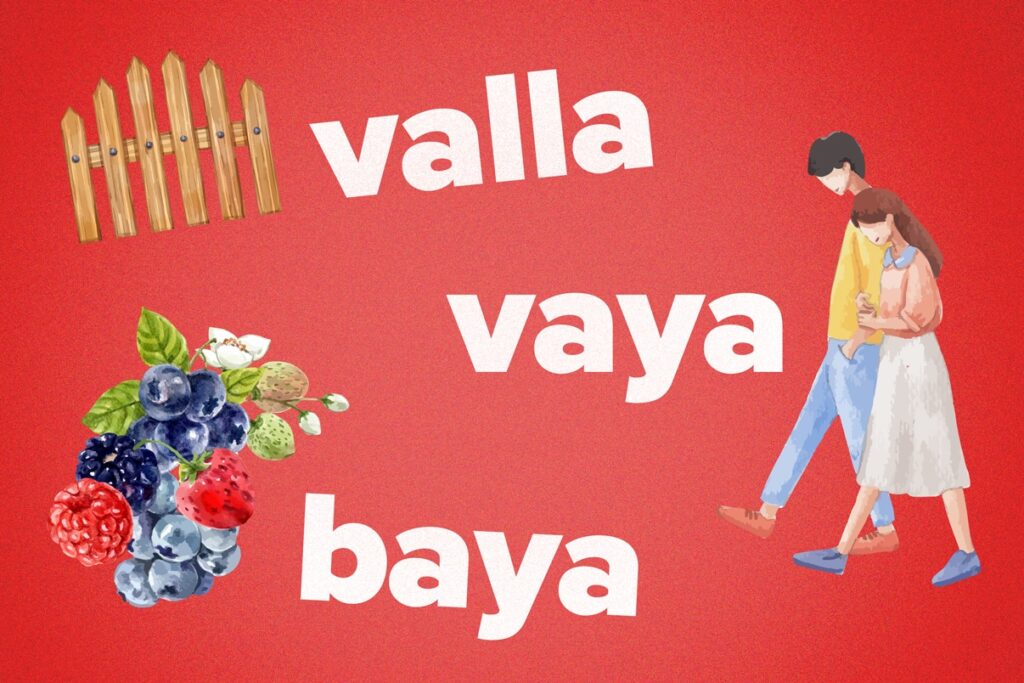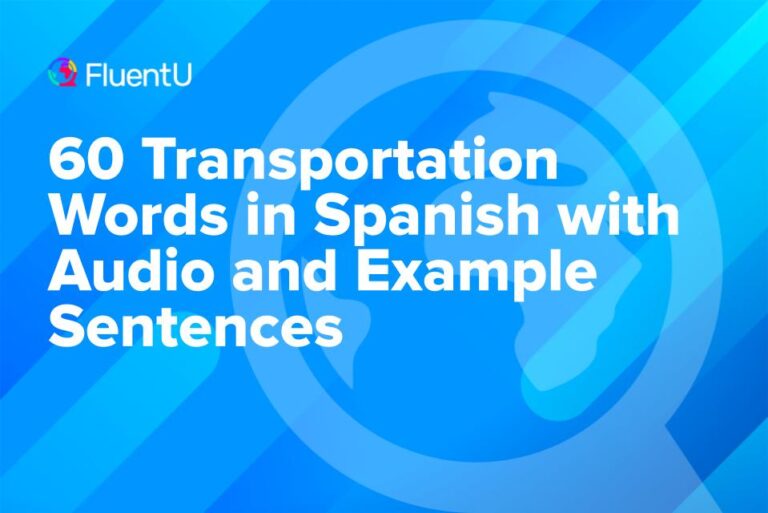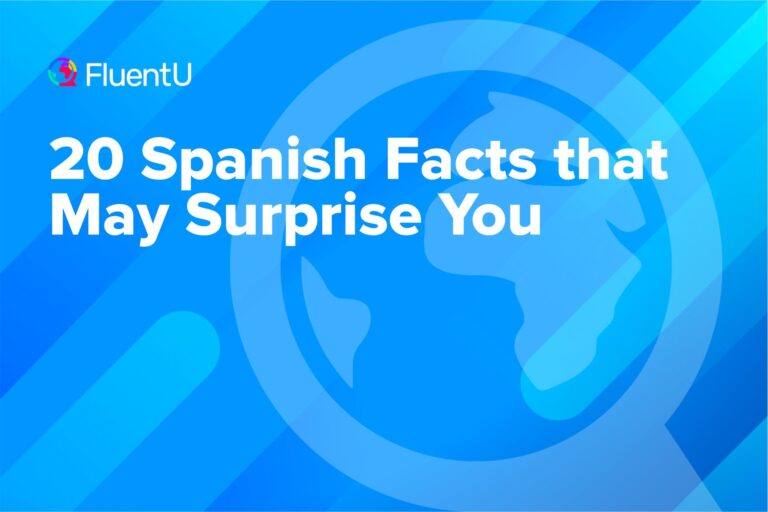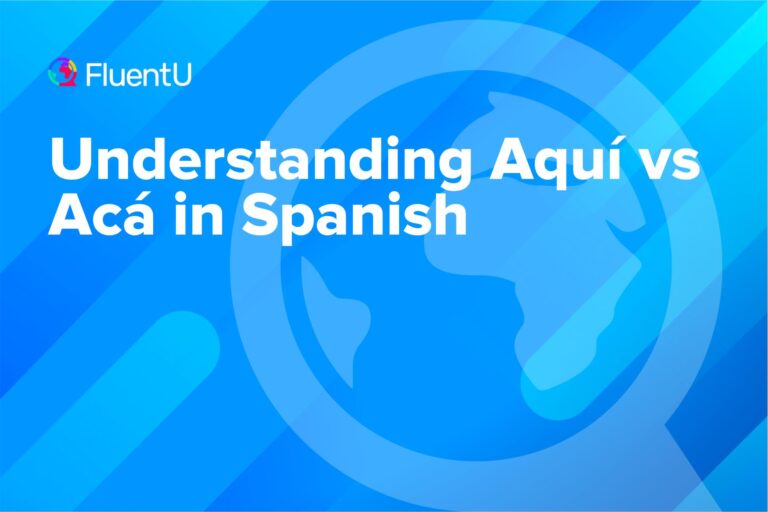The Difference Between Vaya, Valla and Baya

In Spanish, the words vaya, valla, and baya can trip up even experienced learners due to their identical pronunciation but distinct meanings. These homonyms (words that sound the same but differ in meaning) are challenging to understand, especially since the subtle spelling differences often go virtually unnoticed in spoken language.
Understanding when to use each term correctly is essential for clear communication and avoiding common mistakes. We’re going to break down the definitions, uses and nuances of these words to help you master them with confidence.
Download: This blog post is available as a convenient and portable PDF that you can take anywhere. Click here to get a copy. (Download)
Vaya, Valla and Baya in a Nutshell
Before we get into the nitty-gritty, let’s have a look at the basic meanings of each of these words.
Vaya comes from the verb ir (to go). As you’ll see later, it actually refers to three different verb tenses, and it can also be an expression of surprise or emotion.
- Cuando vaya a la playa, me llevaré la toalla. (When I go to the beach, I’ll take the towel with me.)
- Vaya con Dios. (Godspeed / Go with God.)
Valla is a noun, and it means a fence or a hurdle.
- Mi casa es la que tiene la valla verde. (My house is the one with the green fence.)
- Su caballo no sabe saltar vallas. (Her horse doesn’t know how to leap over hurdles.)
A baya is also a noun, and it means berry, so it’s the edible one of the group.
- Nunca como bayas. (I never eat berries.)
- A María le encantan las bayas rojas. (María loves red berries.)
Let’s get a bit more into the details of these three words.
Vaya: Translation and Uses
You’ll find the verb form vaya (to go) in the following three tenses.
1. As the first person singular of the present subjunctive of the verb ir
- Cuando yo vaya, se lo diré. (When I go, I’ll tell him.)
- Llegaré tarde, a no ser que vaya en taxi. (I’ll arrive late unless I go by taxi/take a taxi.)
- Aunque vaya a tu casa, no me quedaré a dormir. (Even if I go to your place, I won’t stay the night.)
2. As the third person singular of the present subjunctive of the verb ir
- Necesito que Juan vaya a la tienda. (I need Juan to go to the shop.)
- A pesar de todo, no quiero que se vaya. (Nevertheless, I don’t want him to go.)
- Llama a Pedro cuando vaya a Barcelona. (Call Pedro when he goes to Barcelona.)
3. As the third person singular of the imperative of the verb ir (both affirmative and negative)
- Vaya a la reunión. Lo esperaré aquí. (Go to the meeting. I’ll be waiting for you here.)
- Vaya más despacio, por favor. (Go slower, please.)
- No vaya usted a caerse. (Don’t fall down.)
Apart from this, vaya is also used as an expression of surprise or emotion. It can be used by itself, with a noun or with a noun followed by a verb.
- ¡Vaya! (Dear me! / Oh, wow! / Oh, my God!)
- ¡Vaya casa! (What a house!)
- ¡Vaya frío hace! (It’s so cold!) Remember Spanish uses hacer with many weather expressions.
You can also add tan (so) and an adjective after vaya + noun if you want to be more specific.
- ¡Vaya casa tan grande! (What a big house!)
- ¡Vaya golpe tan fuerte! (What a strong blow!)
- ¡Vaya niño tan inteligente! (What an intelligent kid!)
As you may have guessed already, a vaya expression of surprise or emotion has the same meaning as the interjection ¡Qué…!
- ¡Qué casa tan grande! (What a big house!)
- ¡Qué golpe tan fuerte! (What a strong blow!)
- ¡Qué niño tan inteligente! (What an intelligent kid!)
Valla: Translation and Meaning
As I mentioned earlier, valla is a noun and it means fence. But, there’s a little more to this cute, little word.
As a noun, it behaves just like any other feminine noun.
- La valla es roja. (The fence is red.)
- Peter saltó sobre la valla. (Peter jumped over the fence.)
- Ese caballo salta vallas. (That horse can leap over hurdles.)
However, valla is also a form of the verb vallar (to fence, to fence off). In this case, it can be one of two different verb forms.
1. Third-person singular of the present indicative of the verb vallar
- El campesino valla el campo. (The farmer fences the field.)
- Juan valla su casa durante el invierno. (Juan fences his house during the winter.)
- Ella valla sitios históricos. (She fences historic sites.)
2. Second-person singular of the affirmative imperative (informal you) of the verb vallar
- ¡Valla tu casa ahora! (Fence your house now!)
- Valla ese campo antes de que llegue el invierno. (Fence that field before winter comes.)
- ¡Valla la frontera! (Fence the border!)
Baya: Translation
Baya is the only word of the group that is only a noun and has just means berry.
As such, it’s the easiest one of the three, and the only thing you should bear in mind is that it’s a feminine noun and it’s always written with b and y.
- Mi baya favorita es la fresa. (My favorite berry is the strawberry.)
- Anna no ha comido bayas desde que tenía 15 años. (Anna hasn’t eaten any berries since she was 15 years old.)
- ¡No tenía ni idea de que el aguacate, el plátano, la berenjena y el tomate son bayas! (I had no idea the avocado, the banana, the eggplant and the tomato are berries!)
Why Are These Words Problematic?
There’s a very simple reason why these words are so problematic. They’re homonyms.
Homonyms are words that are spelled or pronounced similarly (often identically), which often makes language learners hesitate about which one they should use in a given scenario.
Let’s use the English words to, too and two as an introductory example. They’re different when it comes to spelling, but their pronunciation is the same. They’re homonyms, and more specifically homophones. These can be a bit of a headache for both English learners and native speakers.
Now, have a look at read (present tense) and read (past tense). They’re spelled identically, but their pronunciation is different. They’re also homonyms, but in this case, they’re homographs.
The problem with the words vaya valla and baya is that in Spanish, there’s no longer a distinction in the sound between b from v and ll from y. So, without any context, it’s nearly impossible to know which one is being used.
The FluentU program is a good place to start learning these words (and many more). The program uses Spanish videos to teach the language, which are paired with accurate subtitled and other learning tools.
FluentU takes authentic videos—like music videos, movie trailers, news and inspiring talks—and turns them into personalized language learning lessons.
You can try FluentU for free for 2 weeks. Check out the website or download the iOS app or Android app.
P.S. Click here to take advantage of our current sale! (Expires at the end of this month)

So there you have it! Remember this and you won’t mix up these three similar sounding words again.
Download: This blog post is available as a convenient and portable PDF that you can take anywhere. Click here to get a copy. (Download)
And One More Thing…
If you've made it this far that means you probably enjoy learning Spanish with engaging material and will then love FluentU.
Other sites use scripted content. FluentU uses a natural approach that helps you ease into the Spanish language and culture over time. You’ll learn Spanish as it’s actually spoken by real people.
FluentU has a wide variety of videos, as you can see here:

FluentU brings native videos within reach with interactive transcripts. You can tap on any word to look it up instantly. Every definition has examples that have been written to help you understand how the word is used. If you see an interesting word you don’t know, you can add it to a vocab list.

Review a complete interactive transcript under the Dialogue tab, and find words and phrases listed under Vocab.

Learn all the vocabulary in any video with FluentU’s robust learning engine. Swipe left or right to see more examples of the word you’re on.

The best part is that FluentU keeps track of the vocabulary that you’re learning, and gives you extra practice with difficult words. It'll even remind you when it’s time to review what you’ve learned. Every learner has a truly personalized experience, even if they’re learning with the same video.
Start using the FluentU website on your computer or tablet or, better yet, download the FluentU app from the iTunes or Google Play store. Click here to take advantage of our current sale! (Expires at the end of this month.)







